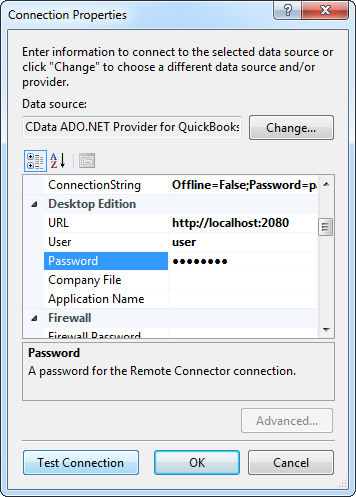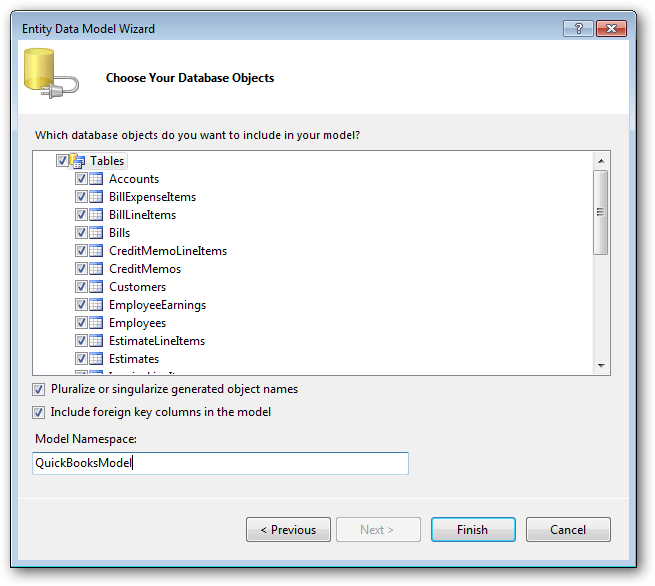Discover how a bimodal integration strategy can address the major data management challenges facing your organization today.
Get the Report →LINQ to Dynamics GP Data
LINQ offers versatile querying capabilities within the .NET Framework (v3.0+), offering a straightforward method for programmatic data access through CData ADO.NET Data Providers. In this article, we demonstrate the use of LINQ to retrieve information from the Dynamics GP Data Provider.
This article illustrates using LINQ to access tables within the Dynamics GP via the CData ADO.NET Data Provider for Dynamics GP. To achieve this, we will use LINQ to Entity Framework, which facilitates the generation of connections and can be seamlessly employed with any CData ADO.NET Data Providers to access data through LINQ.
See the help documentation for a guide to setting up an EF 6 project to use the provider.
- In a new project in Visual Studio, right-click on the project and choose to add a new item. Add an ADO.NET Entity Data Model.
- Choose EF Designer from Database and click Next.
- Add a new Data Connection, and change your data source type to "CData Dynamics GP Data Source".
Enter your data source connection information.
To authenticate set the User and Password connection properties.
To connect set the URL to the Web services endpoint; for example, http://{servername}:{port}/Dynamics/GPService. Additionally, set CompanyId; you can obtain this value in the company setup window: Click Tools -> Setup -> Company.
By default, data summaries are not returned to save performance. Set LookupIds to true to return details such as line items; however, note that entities must be retrieved one at a time.
Below is a typical connection string:
CompanyId=mycompanyId;user=myuser;password=mypassword;URL= http://{servername}:{port}/Dynamics/GPService;- If saving your entity connection to App.Config, set an entity name. In this example we are setting DynamicsGPEntities as our entity connection in App.Config.
- Enter a model name and select any tables or views you would like to include in the model.


Using the entity you created, you can now perform select , update, delete, and insert commands. For example:
DynamicsGPEntities context = new DynamicsGPEntities();
var salesinvoiceQuery = from salesinvoice in context.SalesInvoice
select salesinvoice;
foreach (var result in salesinvoiceQuery) {
Console.WriteLine("{0} {1} ", result.Id, result.CustomerName);
}
See "LINQ and Entity Framework" chapter in the help documentation for example queries of the supported LINQ.






